Over the years, I’ve received a lot of questions from you beat makers pertaining to music theory, chord progressions, keys, melodies, counter-melodies and more. Well in this introduction I’ll cover some easy piano tips to get you started, and briefly discuss how this theory pertains to improving your music production.
My Quick Piano History
During the last two years of high school and first few years of college (where I was studying a field totally unrelated to music) I took five years of formal piano lessons, with a strong emphasis in classical music during my latter years.
It’s been some time now since I studied piano formally, but the foundation and theory that I learned then has stuck with me over the years and has been a huge asset to me with making my beats. I still heavily rely on the fundamentals I learned then to assist my music production process now.
That knowledge helps me to identify specific keys, melodies and counter-melodies, and the key of the sample I may be using (when I’m working on a sample-based beat) just to name a few.
For some people, playing piano entirely by ear is a more natural, and even practical option. And in some cases, you may not necessarily need to know all of the musical theory behind what you’re playing – as long as it sounds good, of course 🙂 However, in many other cases, music theory will come in very handy.
If you ever find yourself struggling to translate and play the chords or melody lines in your head, or you’re struggling with any of the other topics previously mentioned in this article, I believe some of the following information discussed will help you to become a better piano player, music producer and overall musician.
Piano Tips for Beat Makers Introduction
Keys and Scales (Circle of Fifths)
Being fluid in the various musical keys and scales, this is absolutely foundational for your beat making if you ask me. If you’re just starting out, this may sound like a daunting task – having to learn the scales and which keys are played in each. Like anything, to become a master (or develop a moderate skill set) will take some time and a lot of practice. It will most definitely be worth your effort in the end.
The good news is there’s a simple chart to get you started called the Circle of Fifths. This chart outlines all of the major and minor keys for you.
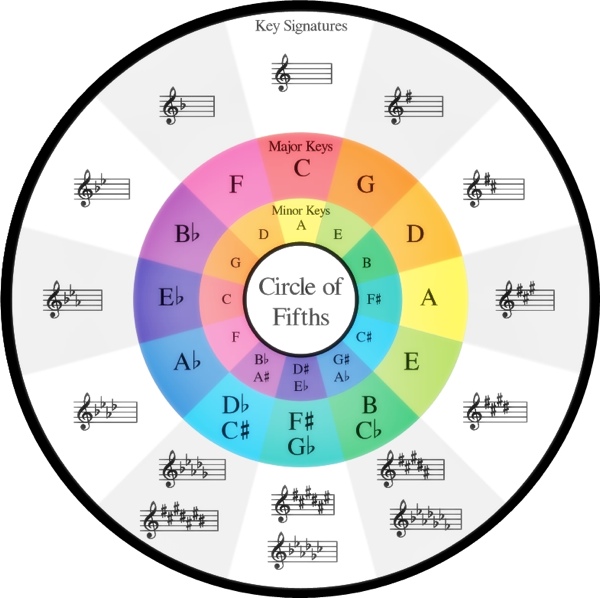
I recommend checking out www.circleoffifths.com to help you understand in more detail how to read this chart and the individual notes that make up each individual scale.
Here are a few basic keys and scales I’d recommend learning to get you started.
C major Scale
The C major scale is our natural key, meaning there are no sharps or flats. In other words, it’s made up of all white keys.
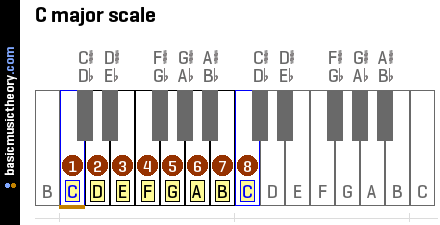
G major Scale
Moving to the next key on the right hand side, or sharp side, of the circle of fifths is G major. This time we sharp the F (F#), and introduce the first black note.
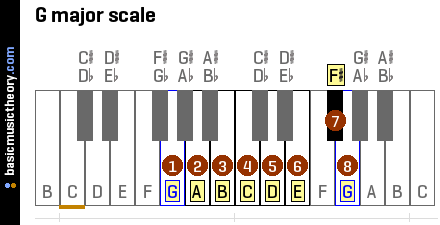
F major Scale
The first key on the flat side, or left hand side, of the circle of fifths is F major. We flat the B (Bb) in this scale.
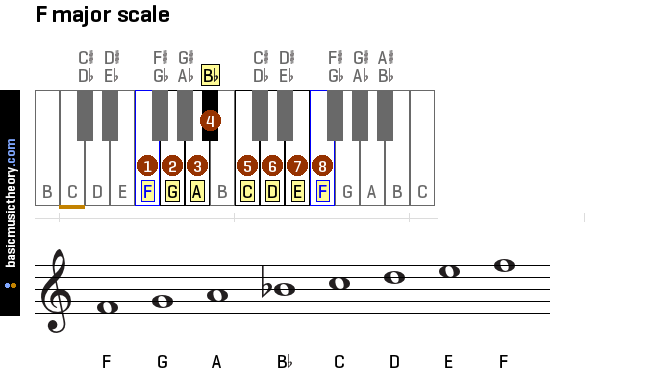
A minor Scale (harmonic)
I won’t get too far into minor scales in this article, but you’ll also want to know your minor keys and scales. This is the Am harmonic scale, which is relative to C major shown above. We’re playing all white notes (just like the C major scale) except with the minor harmonic scale, we raise the 7th. In this case we play a G# as shown below.
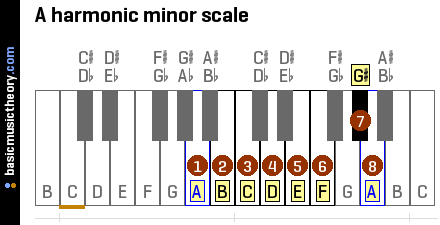
Relative Minor Keys
As referring back to the circle of fifths diagram, you’ll notice that each major scale highlighted also has a relative minor key.
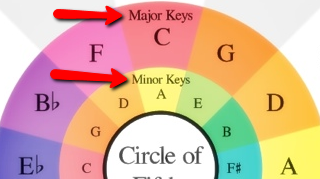
Piano Tips: Relative Minor Key
The minor key for each major key can very easily be identified by dropping the root note of the major 3 half steps as shown below.
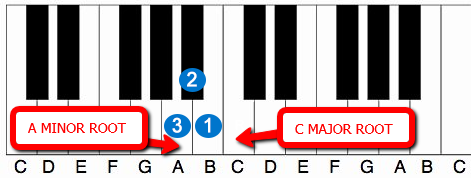
NOTE: A half step (1/2 step) is the nearest point between any two notes.
Recap
Again, this is just meant to serve as a quick introduction into a few easy piano tips and some simple music theory to get you started and kick this series off. For more advanced videos in this series where I deep dive into some more of these topics, make sure to Subscribe on YouTube.
Let’s Connect!
DID YOU LIKE THIS VIDEO? DON’T FORGET TO LIKE, COMMENT & SHARE 🙂
I’m very reachable on the following: Official Website | YouTube | Facebook | Twitter | Soundcloud | Instagram
Click Here for More Music Production Tips >>

Comments (0)